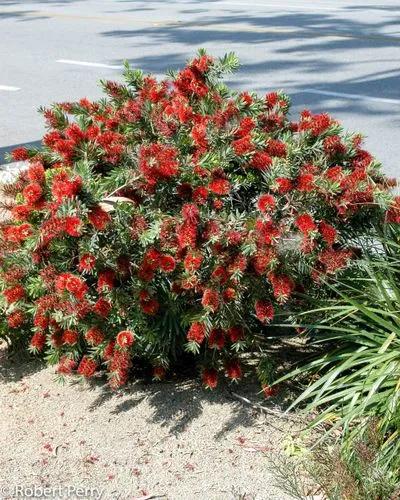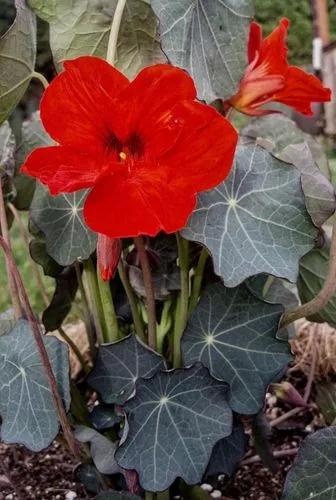Primula vulgaris, the common primrose, is a species of flowering plant in the family Primulaceae, native to western and southern Europe, northwest Africa, and parts of southwest Asia. The common name is primrose.
Primrose Care
Primula vulgaris
Other names: Wild Primrose, English Primrose, Blue Primrose, Primula Acaulis, Primula Grandiflora, Primula Uniflora Gmelin, Primula Vernalis



Primula vulgaris is a perennial growing 10–30 cm (4–12 in) tall, with a basal rosette of leaves which are more-or-less evergreen in favoured habitats. It flowers in early spring in the northern hemisphere (February–April) on slopes and meadows. The scientific name Primula is a diminutive of the Latin primus, "prime", alluding to the fact that this flower is among the first to appear in spring. The vernacular name has the same meaning: primrose derives from a late Latin form prima rosa, consisting of prima, "first" (feminine), and rosa, "rose". The Latin specific epithet vulgaris means "common", in the sense of "widespread". The wild primrose is a staple of cottage garden plantings, and is widely available as seeds or young plants.
How to Care for the Plant

Water

Hybrid primroses are fairly thirsty plants and require regular watering. A good layer of mulch will help retain soil moisture, but they do not like to be constantly soggy. Species types are somewhat more tolerant of wet soils.

Pruning

Cut the plant back to the ground in late fall after the foliage has died or after first frost to encourage abundant new foliage when the primrose returns in spring. Alternatively, leave the plant intact in winter, then cut it back to the ground at the first sign of spring, but before flowers begin to form.

Fertilizer

Hybrid primroses need regular feeding with a half-strength liquid fertilizer—a requirement that's common with profusely flowering plants. Species types can be overfed, however, and do well with just a single spring feeding.

Sunlight

The minimal sun requirements of four to six hours.

Soil

Well-drained.

Temperature

Common primrose grows best if the temperature range is between 35°F and 80°F, it is intolerant of heat.

Container

Whether it be plastic or clay, make sure the pot you select has drainage holes in the bottom to prevent over-watering.

Popularity

9,587 people already have this plant 819 people have added this plant to their wishlists
Discover more plants with the list below
Related articles






